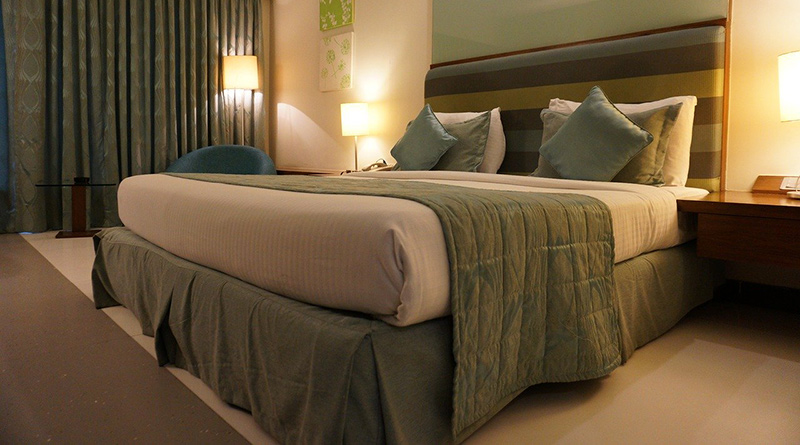Staycation Boost Drives UK Hotel Occupancy Up For Fourth Consecutive Month

UK hotel occupancy rates jumped six per cent in August as the thriving staycation market increased levels for the fourth consecutive month, according to the RSM Hotels Tracker.
The data, compiled and produced by STR and analysed by RSM, shows the average occupancy rate has risen to 71 per cent in August from 65 per cent in July 2021. Wales continued to be the destination of choice for UK holidaymakers as occupancy levels increased to 86 per cent – surpassing pre-pandemic levels for the same month in 2019.
Scotland also saw an increase, up from 64 per cent on July 2021 to 71 per cent in August, but despite a staycation boost Scotland didn’t reach ‘The Festival’ driven pre-pandemic highs of 83 per cent occupancy rates. London saw an improving picture, up seven per cent, at 56 per cent but without international and business travel the capital rates fall short of pre-pandemic levels – bringing the overall UK average down.
The average room rate has almost recovered to pre-pandemic levels at £94, with Wales reaching a two-year high at £89. In addition, revenue per available room across the UK was £67 in August 2021, up from £34 in 2020; but still behind pre-pandemic levels at £80.
Chris Tate, head of hotels and accommodation at RSM, said: ‘The hotel sector is on the right track with a welcome staycation boost driving occupancy levels up again this month. Wales hit record highs over the summer as holidaymakers opted to enjoy the Welsh Valleys rather than foreign getaways. However, lower occupancy levels in London continued to hamper a wider UK recovery as restricted international travel and oversupply in London hit average occupancy levels and room rates.
‘Staff shortages continue to impact the sector which is starting to push up wage costs – applying acute financial pressure as the sector looks to recover post-Covid. Looking forward, travel restrictions for the double jabbed and the re-opening of travel corridors to the US will hopefully fuel further growth as the hotel sector looks to enjoy a post-summer boom and busy build up to the festive period.’
